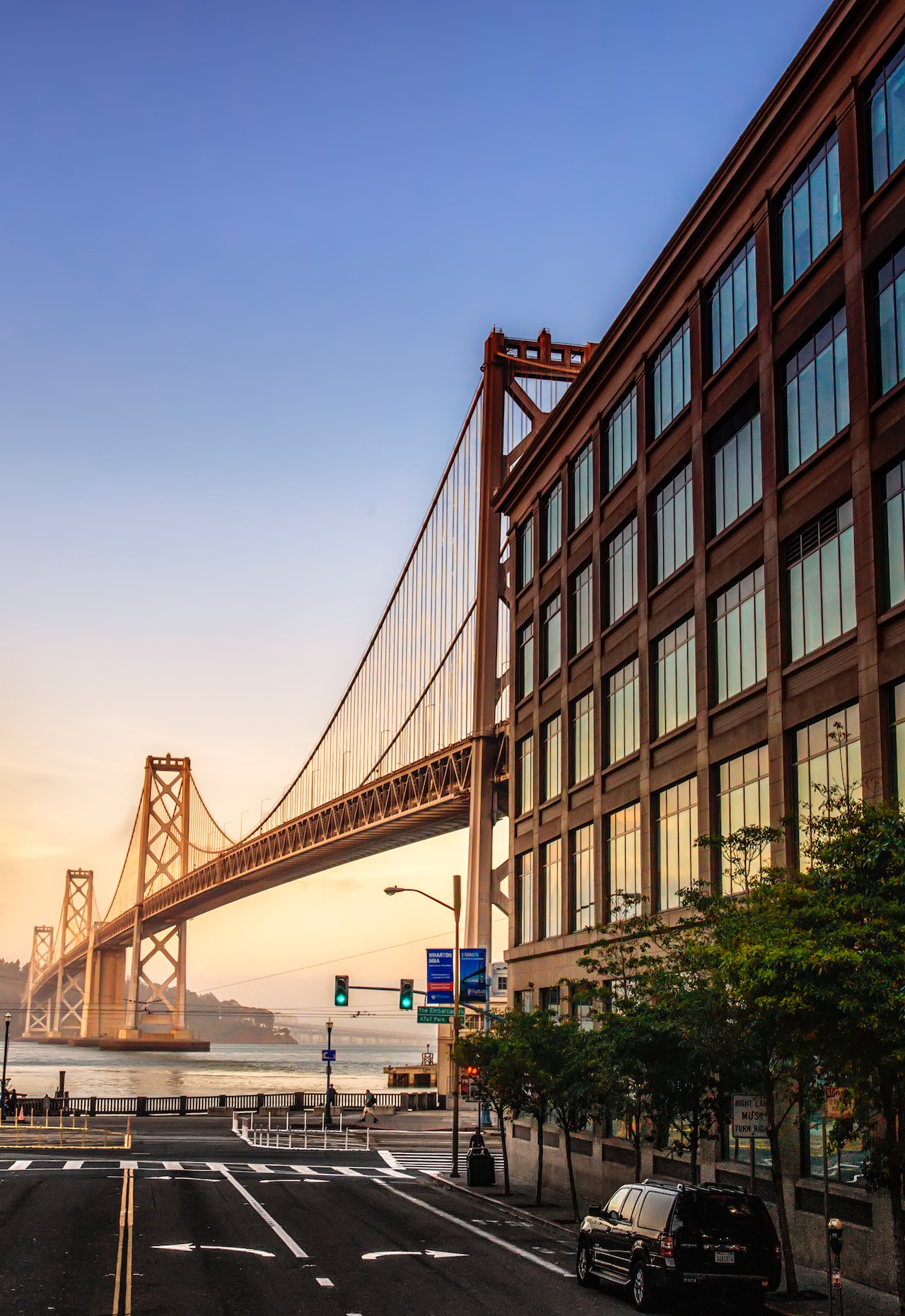San Francisco, California, is renowned for its vibrant art and culture scene. The city’s rich history, diverse population, and innovative spirit have made it a hub for artistic expression in various forms. From its iconic landmarks like the Golden Gate Bridge to the bustling neighborhoods like the Mission District, art and culture permeate every aspect of life in San Francisco. Interestingly, this infusion of creativity has also had a profound impact on the city’s real estate market.
One of the most notable ways art and culture have influenced San Francisco’s real estate market is through the revitalization of neighborhoods. As artists and creative individuals seek affordable spaces to live and work, they often gravitate towards areas with untapped potential. This influx of artistic energy can breathe new life into neglected neighborhoods, attracting further investment and development. An excellent example of this is the transformation of the once-industrial Dogpatch district into a vibrant artistic community. With galleries, studios, and innovative startups setting up shop, property values in the area have soared, attracting real estate developers and investors.
Art and cultural institutions also play a significant role in shaping the real estate landscape of San Francisco. The city is home to world-class museums, galleries, and theaters, drawing in both locals and tourists alike. The presence of these cultural institutions adds value to the surrounding areas, making them desirable places to live and own property. Neighborhoods like the Civic Center, where the War Memorial Opera House and the Asian Art Museum are located, have experienced increased demand for housing as a result. The proximity to these cultural landmarks not only enhances the quality of life for residents but also serves as a magnet for real estate investments.
Moreover, events and festivals centered around art and culture have a direct impact on the real estate market in San Francisco. The city hosts numerous annual events, such as the San Francisco International Film Festival, the Outside Lands Music and Arts Festival, and the San Francisco Pride Parade. These events attract large crowds and stimulate economic activity in the surrounding areas. Local businesses thrive during these periods, and property owners can capitalize on the increased demand for short-term rentals and accommodations. As a result, real estate prices in neighborhoods close to event venues experience a temporary surge, benefitting property owners and the local economy.
The tech industry, which has a significant presence in San Francisco, is also influenced by the city’s art and culture scene. Technology companies often prioritize locations that offer a vibrant and creative environment for their employees. The cultural amenities and artistic community in San Francisco make it an attractive destination for tech talent. As a result, real estate developers have recognized the importance of integrating art and culture into their projects. Many new office spaces and residential developments incorporate elements of art and design, creating a synergy between the tech industry and the creative community. This convergence between technology and art not only drives innovation but also fuels the demand for real estate in the city.
However, the influence of art and culture on San Francisco’s real estate market is not without challenges. The rising property prices associated with gentrification and increased demand can lead to the displacement of long-time residents, including artists and cultural practitioners. As neighborhoods undergo a transformation, affordable housing options may become scarce, putting pressure on the artistic community to find alternative spaces to live and work. The city’s policymakers and community organizations must strive to strike a balance between growth and preserving the cultural fabric of San Francisco.
In conclusion, art and culture have a profound influence on the real estate market in San Francisco, California. From neighborhood revitalization to the presence of cultural institutions and the impact of events, creativity plays a significant role in shaping the city’s urban landscape. The infusion of art and culture enhances the desirability of certain areas, attracting real estate investments and driving economic growth. While the relationship between art and real estate presents both opportunities and challenges, it is clear that San Francisco’s artistic vibrancy is a fundamental driver of the city’s real estate market.

